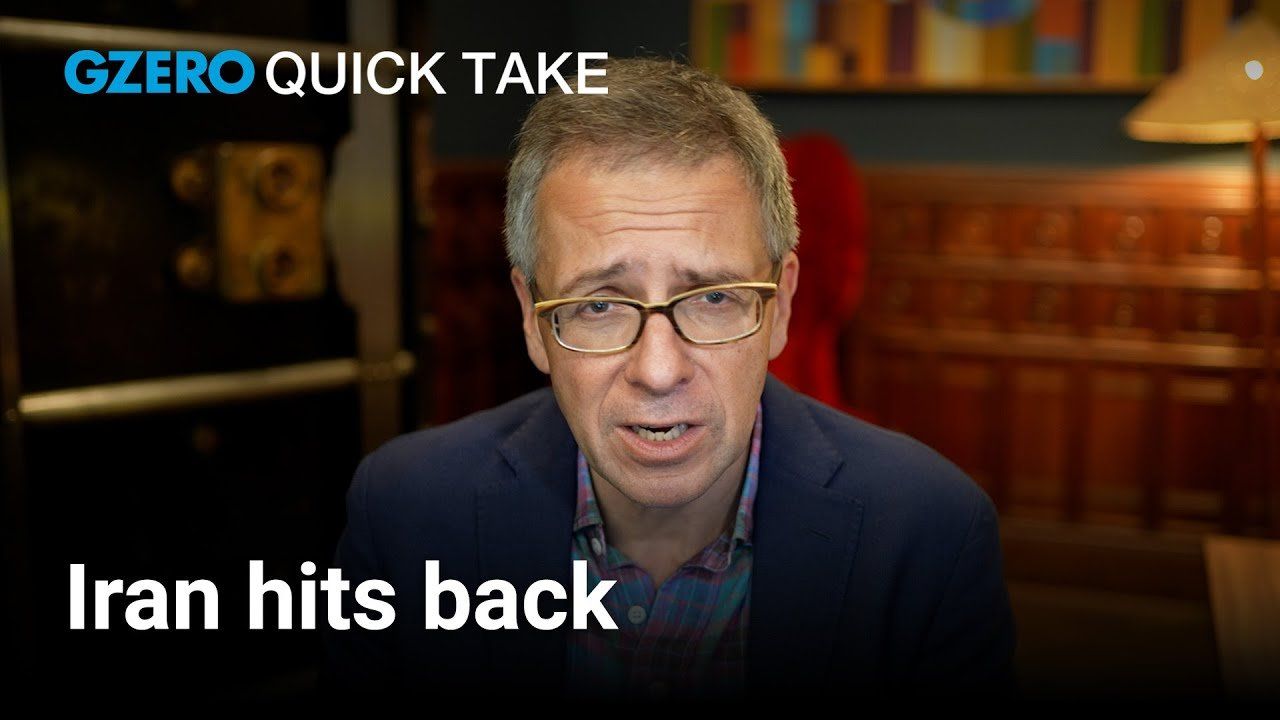June 23, 2025
In his latest Quick Take, Ian Bremmer unpacks Iran’s carefully calibrated retaliation against the United States after a major American strike on its nuclear program. Tehran launched missiles at a massive US base in Qatar, but warned Washington ahead of time, resulting in no casualties.
“It shows incredible weakness on the part of the Iranian government,” Ian notes, emphasizing the Islamic Republic’s desire to avoid provoking further US escalation.
Ian calls the moment “the biggest foreign policy win for President Trump” so far in his second term, as Iran appears increasingly isolated and risk averse. He also highlights how the regime's top leadership is in hiding, further hampering its ability to coordinate or negotiate.
While the immediate threat of escalation has eased, Ian still warns that “rogue actors” within Iran’s military still pose a risk. For now, though, oil prices are down and the region is holding its breath.
More For You
Nearly four years into Russia's invasion of Ukraine, the push to end the war is intensifying. The past few weeks produced not one but two proposals.
Most Popular
Sponsored posts
The AI economy takes shape
What's Good Wednesdays
What’s Good Wednesdays™, December 3, 2025
Walmart sponsored posts
Walmart's $350 billion commitment to American jobs
- YouTube
Ian Bremmer breaks down why the latest Russia-Ukraine “peace push” is headed back to Moscow and why the outlook is bleak.
Luis Fernando Cerimedo, advisor of Presidential candidate Nasry Asfura of the National Party of Honduras (PN), speaks during a press conference after the general election, in Tegucigalpa, Honduras, December 1, 2025.
REUTERS/Jose Cabezas
There are close presidential races, and then there’s the one in Honduras, where just 515 votes separate the top two candidates following Sunday’s election in the Central American nation.
© 2025 GZERO Media. All Rights Reserved | A Eurasia Group media company.
